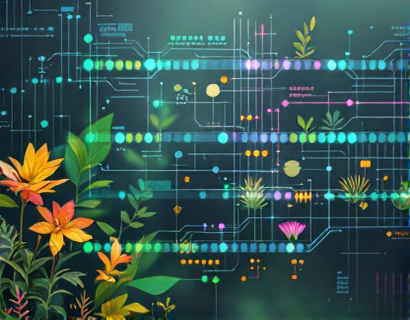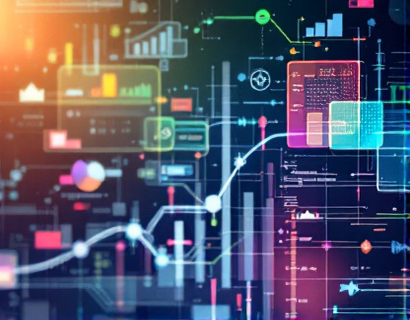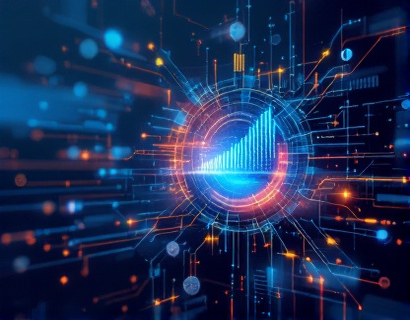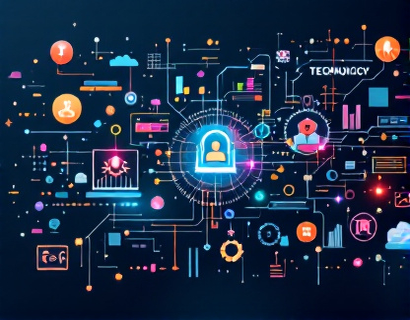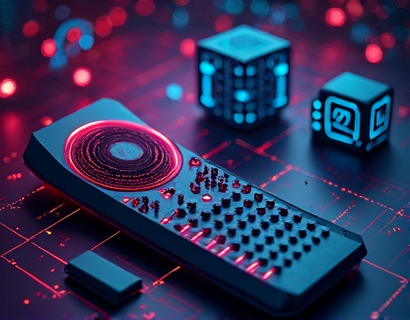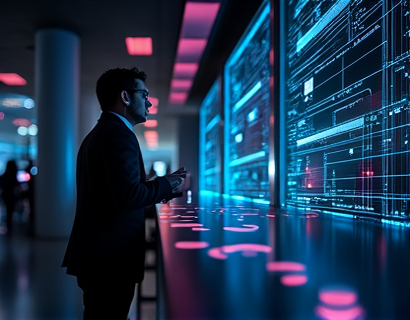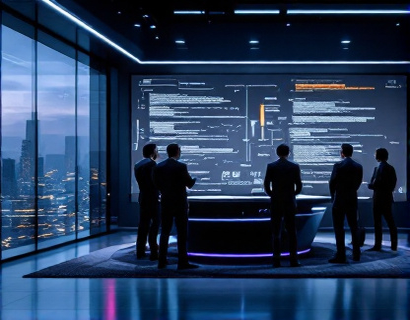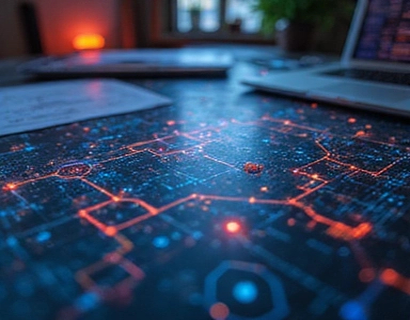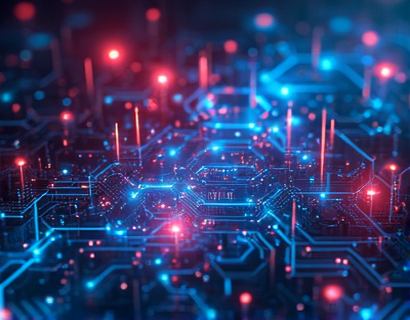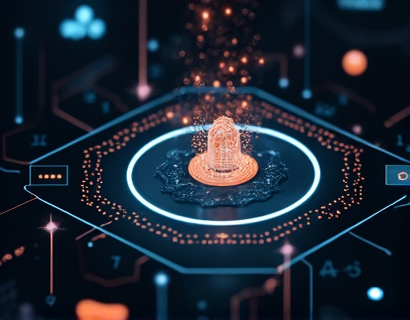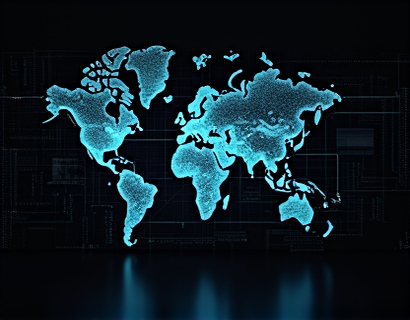Revolutionizing Astronomy Education: The Power of AI-Driven Personalized Learning
The field of astronomy education is undergoing a transformative shift with the integration of AI-powered personalized learning platforms. These advanced tools are redefining how students and enthusiasts engage with the cosmos, making complex celestial concepts not only accessible but also deeply engaging. By leveraging the capabilities of artificial intelligence, these platforms offer tailored insights and interactive resources that enhance understanding and ignite a passion for the stars.
Personalized Learning Paths
One of the most significant advantages of AI-driven personalized learning in astronomy is the ability to create customized learning paths for each user. Unlike traditional educational methods that follow a one-size-fits-all approach, AI can analyze an individual's knowledge level, learning pace, and areas of interest to curate a unique educational journey. This personalized approach ensures that learners are always challenged appropriately, neither overwhelmed nor under-stimulated, fostering a more effective and enjoyable learning experience.
The AI system continuously assesses the user's progress through quizzes, interactive simulations, and other assessment tools. Based on this data, the platform adjusts the difficulty and focus of the content, ensuring a smooth and progressive learning curve. For instance, a beginner might start with fundamental concepts such as the solar system and basic astronomy terms, while an advanced learner could dive straight into topics like dark matter or exoplanet atmospheres.
Interactive Exploration Tools
Interactive exploration is a cornerstone of AI-powered astronomy education. These platforms offer virtual telescopes, 3D models, and real-time data from space missions, allowing users to explore the universe in an immersive and hands-on manner. Virtual telescopes enable users to observe celestial bodies as they would through a professional telescope, complete with adjustable magnification and the ability to view different wavelengths of light.
3D models provide a deeper understanding of complex structures such as galaxies, nebulae, and planetary systems. Users can rotate, zoom, and dissect these models to gain insights into their composition and dynamics. Real-time data from space missions, such as those from NASA's Mars rovers or the Hubble Space Telescope, bring current astronomical research to the learner's fingertips, making the subject matter feel alive and relevant.
Expert Insights and Community Engagement
AI-driven platforms also bridge the gap between learners and experts in the field. By integrating expert insights, these platforms offer users the opportunity to learn from the knowledge and experiences of leading astronomers and researchers. Video lectures, live Q&A sessions, and written articles by experts provide authoritative and up-to-date information on various astronomical topics.
Moreover, these platforms foster a sense of community among astronomy enthusiasts. Users can join forums, participate in discussion groups, and collaborate on projects with peers from around the world. This community aspect not only enhances the learning experience but also builds a network of like-minded individuals who share a passion for the cosmos. Users can share their discoveries, ask questions, and receive feedback, creating a supportive and dynamic learning environment.
Enhanced Understanding Through Adaptive Learning
Adaptive learning technologies powered by AI play a crucial role in deepening users' understanding of astronomy. These technologies adjust the presentation of information based on the learner's interactions and performance. For example, if a user struggles with a particular concept, the platform might present it in multiple ways—through text, visuals, and interactive simulations—to cater to different learning styles.
Adaptive learning also includes spaced repetition, a technique that reinforces learning by spacing out review sessions over time. This method helps solidify knowledge and prevent forgetting, ensuring that users retain information long-term. By continuously adapting to the user's needs, the platform ensures that learning is both effective and efficient.
Real-World Applications and Career Opportunities
The skills and knowledge gained through AI-powered astronomy education have real-world applications and can open doors to exciting career opportunities. Understanding astronomy and related fields can lead to careers in space science, astrophysics, planetary science, and even space exploration. The hands-on experience provided by interactive tools and real-time data analysis prepares students for practical work in these areas.
Moreover, the ability to work with advanced technologies such as AI, data analysis, and virtual reality is highly valued in various industries beyond astronomy. Skills developed through these educational platforms, such as critical thinking, problem-solving, and data interpretation, are transferable and highly sought after in the job market.
Accessibility and Inclusivity
One of the most compelling aspects of AI-driven personalized learning in astronomy is its potential to make the subject more accessible and inclusive. Traditional astronomy education often requires expensive equipment and access to observatories, which can be barriers for many enthusiasts. AI-powered platforms democratize access to high-quality educational resources, allowing anyone with an internet connection to explore the universe.
These platforms also cater to diverse learning needs, including those with disabilities. Interactive tools can be designed to be accessible, with features such as text-to-speech, adjustable text sizes, and alternative input methods. By removing financial and physical barriers, AI-driven education ensures that the wonders of astronomy are available to a broader audience.
Future Prospects and Innovations
The future of AI-powered astronomy education is promising, with ongoing advancements in technology poised to bring even more innovative features. The integration of augmented reality (AR) and virtual reality (VR) can create immersive experiences that transport users to different parts of the universe. Imagine stepping into a VR environment where you can walk on the surface of Mars or explore the rings of Saturn up close.
Machine learning algorithms will continue to improve, providing more accurate and personalized learning experiences. Natural language processing (NLP) can enable more intuitive interactions with the platform, allowing users to ask questions in natural language and receive detailed, context-aware responses. These advancements will further enhance the educational value and user engagement of AI-driven astronomy platforms.
Conclusion
AI-powered personalized learning is revolutionizing astronomy education by making the subject more accessible, engaging, and effective. Through customized learning paths, interactive exploration tools, expert insights, and a supportive community, these platforms are transforming the way students and enthusiasts explore the cosmos. As technology continues to evolve, the potential for even more innovative and impactful educational experiences in astronomy is vast, ensuring that the universe remains a source of endless fascination and discovery.



